How do I visit Spain on a camper or van?
To visit Spain in camping-car , in van or in fitted van inspires you especially for these next holidays? You're right. The second most visited country in the world behind France, Spain is a country full of wonders: a generous sun all year round, beautiful beaches, a soft and singing language, grandiose landscapes, a historical heritage among the richest in Europe, a cultural crossroads of civilizations, a festive and welcoming population, the whole crowned with a multi-purpose gastronomy to be enjoyed under the sound of traditional music making dance
Then why take the plane to go to the other end of the Earth and why end up at the hotel when, a few hours away from France, you can sleep in the middle of nature as you want? Here is our mini-guide to visit Spain by camping-car, van or fitted van!
Also:
Rent a motorhome near you
Andalusia in Camping-car: advice, areas, routes
Idea of itineraries in Spain in motorhome
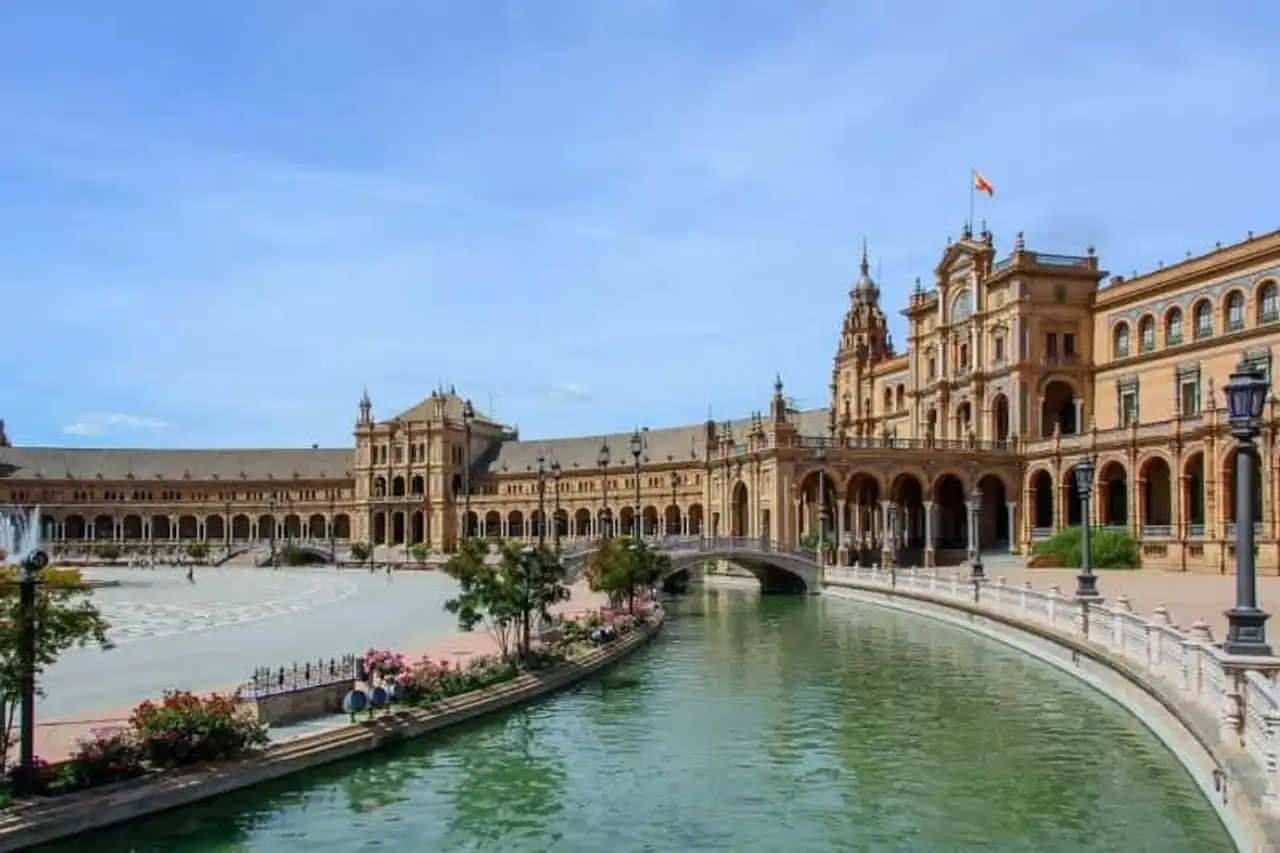
Spain is a vast country of 505 911 km2, composed of mountains, arid plains and a very rich biodiversity. Spain is at the centre of the three countries in the world with an oceanic façade and the other Mediterranean – with France and the Morocco - and has many must-have cities: Barcelona, Girona Toledo, Valencia , Alicante, Salamanca, Madrid, Seville, Cordoba , Granada, Cadiz , etc... One could also rent a motorhome in the Canary Islands to enjoy eternal spring in the Tenerife , or in the Balearic to set foot in the water.
Establishing a route to visit Spain by camping-car or fitted van will therefore be rather difficult, especially if you have little time. If you arrive from France, the crossing of the Pyrenees – the parks of the Catalan and Ariège Pyrenees, the Hautes-Pyrénées – will be your first stop. But where to go from north to south to visit Spain on a motorhome in 7, 10, 15 days or in a month?
There is a plethora of possible itineraries as you seek regional natural parks, mountains where hiking, seaside resorts, or cultural pilgrimages to the lookout for the best historical monuments resistant to men since ancient times. However, we tried to create you some ideas of itineraries in Spain as you have a week, two weeks or a month of vacation:
- 7 days: the Costa Brava (El Port de la Selva, Cadaqués, Roses), Girona, Barcelona, Tarragona, the Natural Park of the delta de l’Ebre, Valencia, Natural Park of the Sierra Calderona
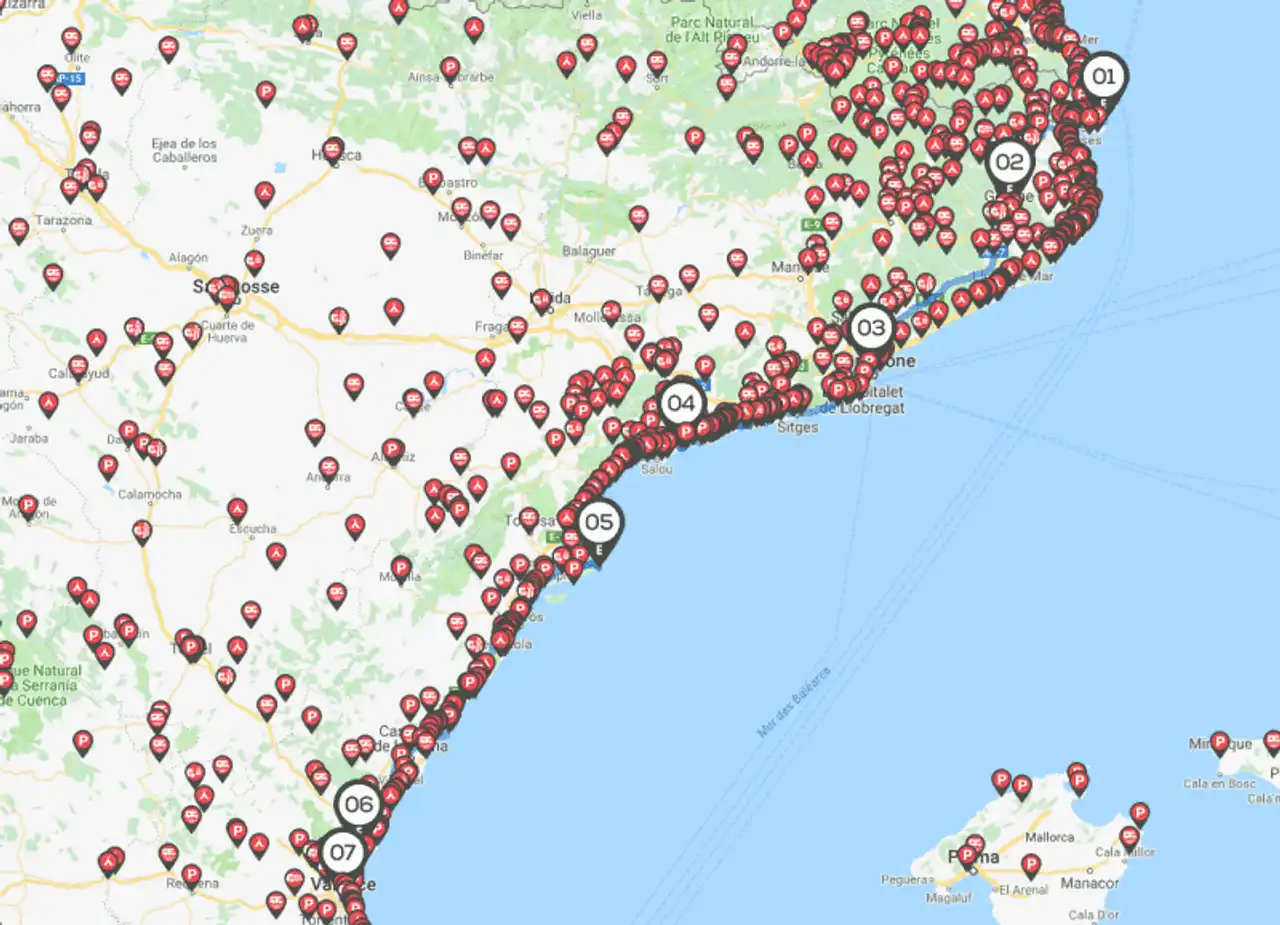
Photo credit: Caramaps
- 7 days in Andalusia: Jaén, Granada, Antequera, Malaga, Ronda, Seville, Cordoba
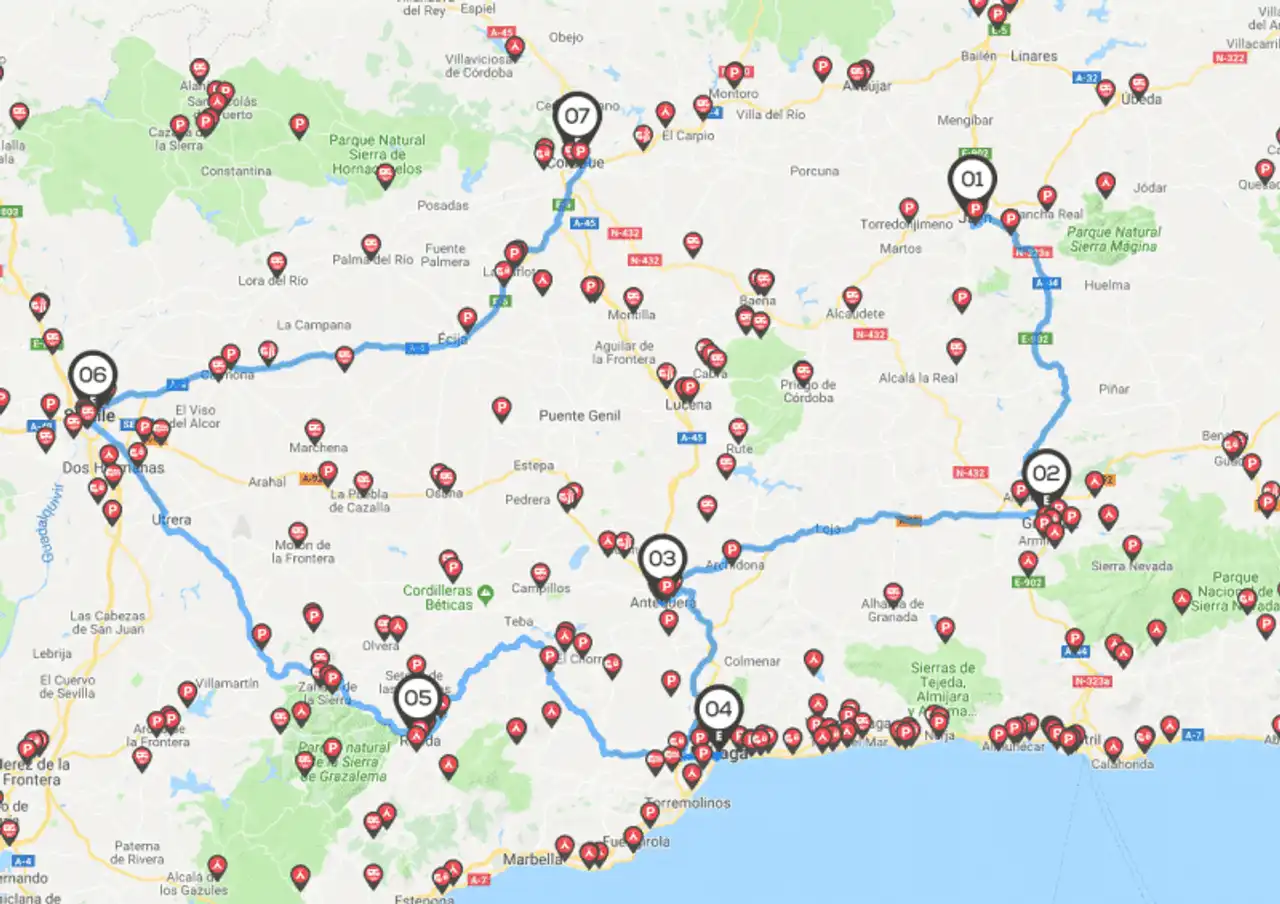
Photo credit: Caramaps
- 15 days in Spain: San Sebastian, Valladolid, Salamanca, Plasencia, Cáceres, the Roman ruins of Merida, Seville, Cordoba and Granada, Almería, the desert of Tabernas, Valencia, Tarragona
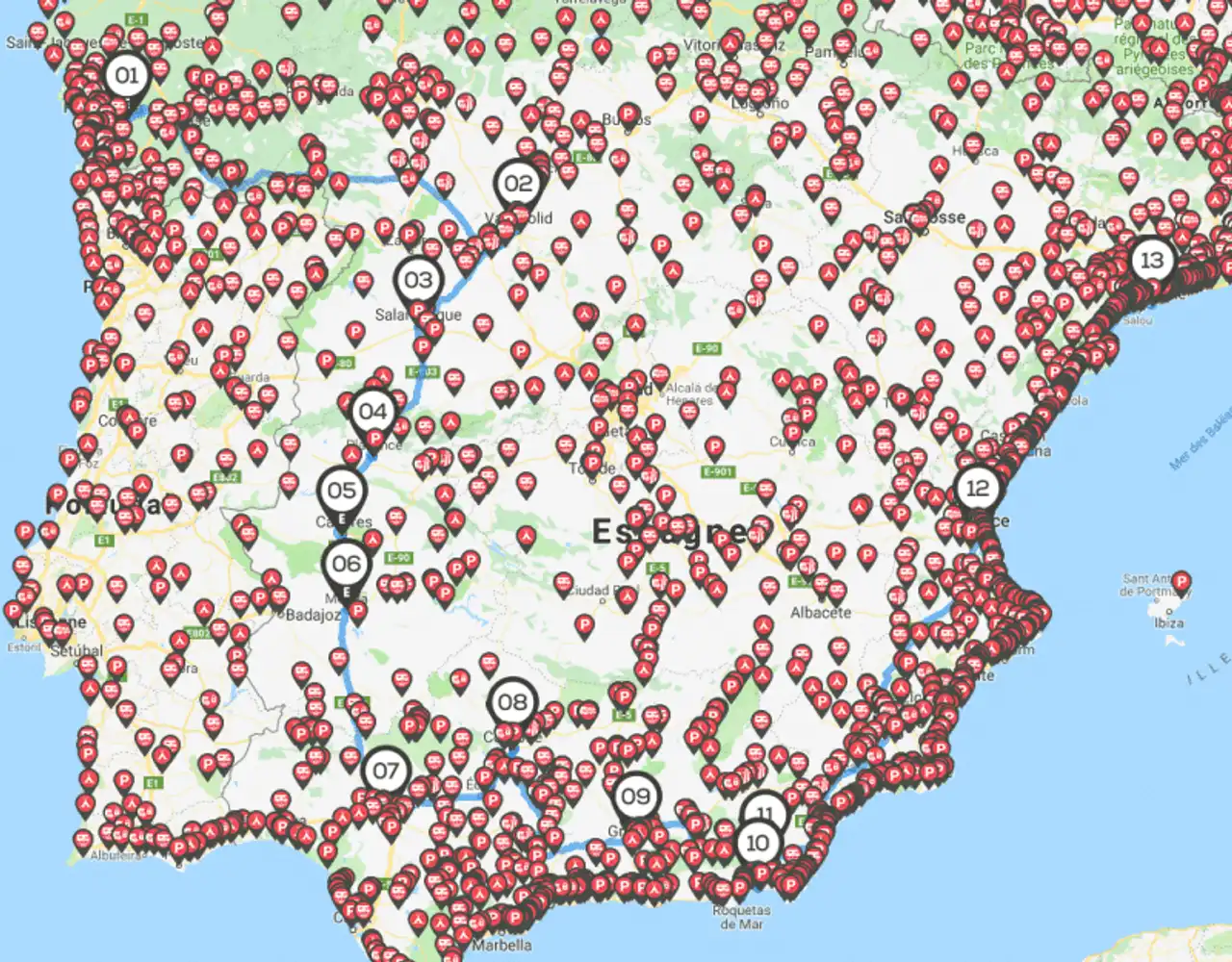
Photo credit: Caramaps
- One month and more in Spain: Even more the nature park of the Pics of Europe, Madrid, Ségovie, the road to Don Quichotte, the Natural Park of the Serrania de Cuenca, Zaragoza
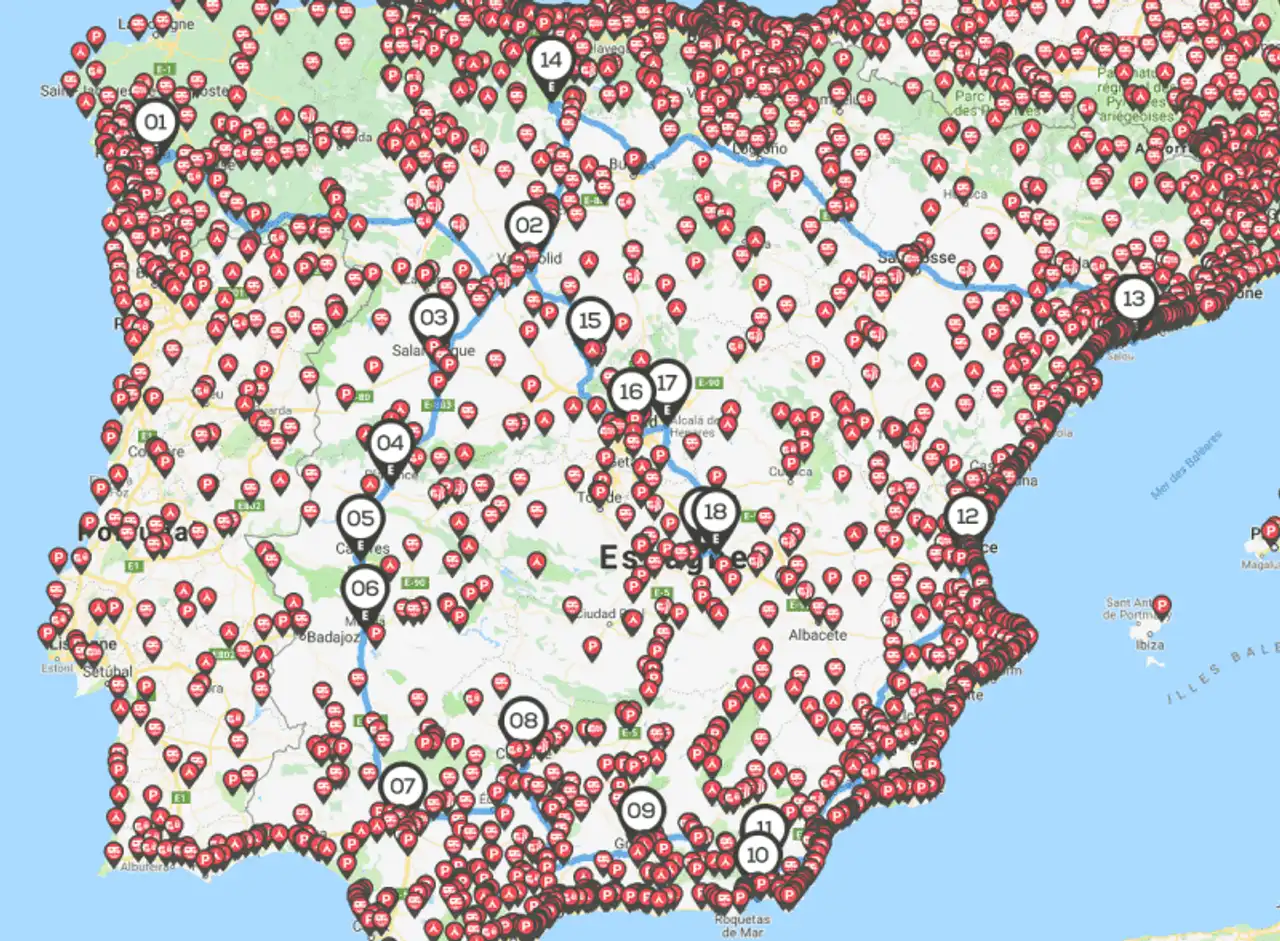
Photo credit: Caramaps
These routes are only indicative. The goal is to optimize your steps so you don’t spend all your time on the road!
How and where to rent a motorhome in France?
It is now easy to rent a motorhome in France. How? By passing through interrelationship platforms between tenants ( yourself) and particular camper owners as Yescapa For example.
How does it work?
-
Start by choose the motorhome in your city (For example Bordeaux, Nantes, Toulouse, Paris, Montpellier or Marseille).
-
Careful choose unlimited mileage, to check the number of beds available and if it is possible to travel abroad.
-
Perform one online rental request and share your travel information (dates, rental options, mileage, etc.) to the owner.
-
If your application is accepted, you will have after payment access to the owner's contact information to set up a First meeting.
-
On the day of departure, present your driver's license and pour the bail.
-
L’status of premises is executed and a lease is signed between the two parties. On return, after having made an unforgettable road trip, sign the state of the return places and the tour is played!
Rent a motorhome near you
How and where to rent a motorhome in Spain?
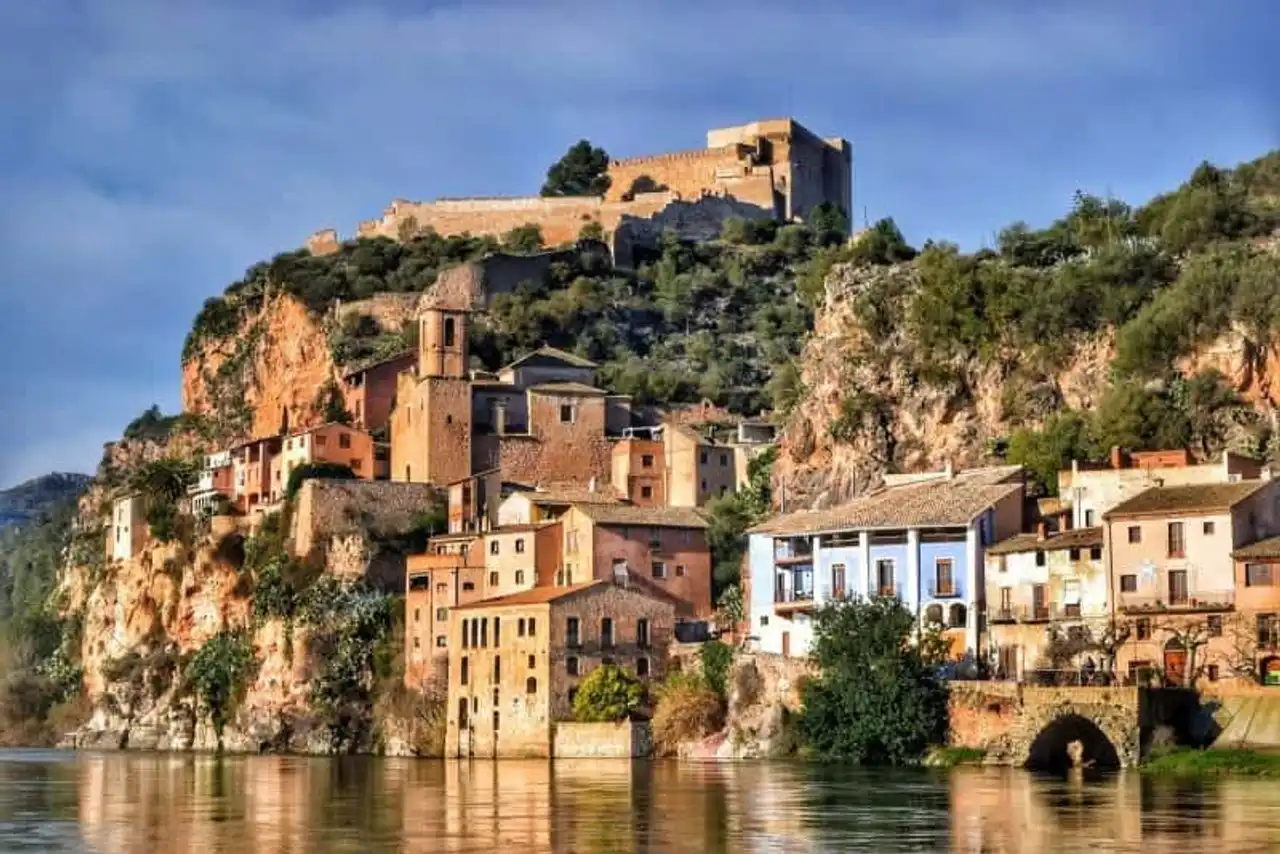
Before landing to visit Spain on a motorhome, it is recommended to make an online reservation. And yes, it would be a shame to arrive in Barcelona, Malaga, Madrid or Seville and to discover that there is no vehicle available in any agency, or worse, that the prices have climbed up.
To have a camping-car, we recommend you go through a rental platform for motorhomes and vans arranged online. These sites are now numerous on the road-trip and wild camping market. The principle is simple: you choose the desired vehicle – depending on the daily price, the type of camper/van/van fitted, the equipment of the vehicle -, you send an inquiry to the owner.
Last step: after the online payment, you receive a confirmation email and you are here to go to Spain on a motorhome!
Book your motorhome in Spain
Driving in Spain by motorhome: the traffic rules to know
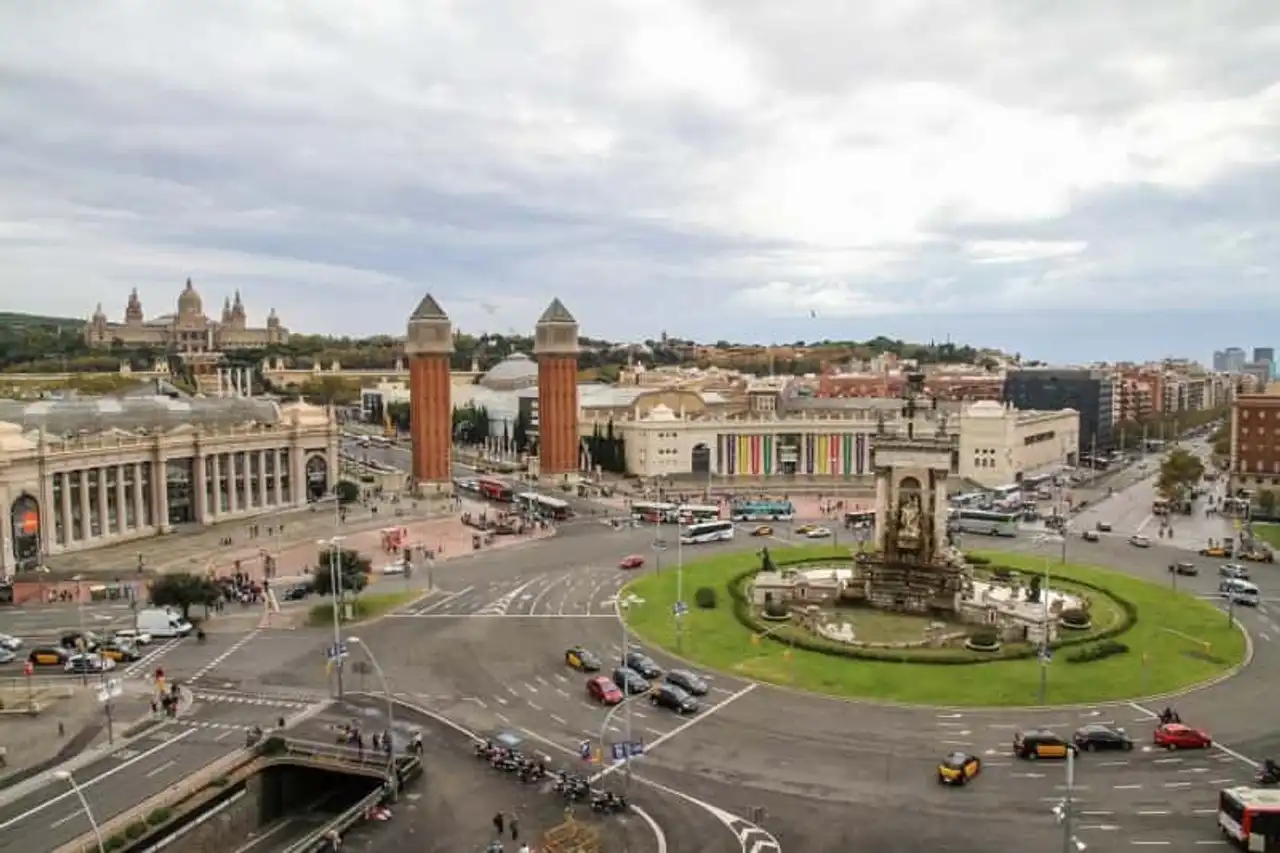
You knew, the driving to visit Spain by camping-car or by fitted van, is done on the right track and the rules of the road code are substantially the same as by car. On mountain roads it is mandatory to klaxonner in corners if you lack visibility. It is worth noting that, as Italy, Spain has introduced the concept of limited areas where only residents can circulate: they are named “ area de prioridad residencial » and are accessible to persons with special permission: you are therefore forbidden to cross these areas.
The camper or the fitted van must have a pre-signalization triangle , a game of alternative bulbs and one yellow vest (no, it’s not for Saturday’s events) for each passenger on board. Moreover, it is obviously mandatory to have on yourself its driving licence , insurance and map gray of the vehicle.
Let's remember the evidence: each occupant must close his/her safety belt and no passenger should go to the back of the camper to sleep during the road. Children under 10 years of age must be attached to Enhanced seats and a rear sign (red and white diagonals) shall indicate the presence of any fixed object exceeding the vehicle's gauge.
In addition, the speed limits for visiting Spain in motorhomes are:
- 50 km/h in agglomeration,
- 80 km/h out of town,
- 90 km/h on double-way roads with emergency stopping strip,
- 100 km/h on separate roads.
Whose maximum alcohol is allowed? It is 0.5 g/l.
Good to know: gasolina means " essence" in Spanish, and they say gasóleo for "desal." Don't be mistaken!
Motorway to Spain: what fare for your motorhome category?
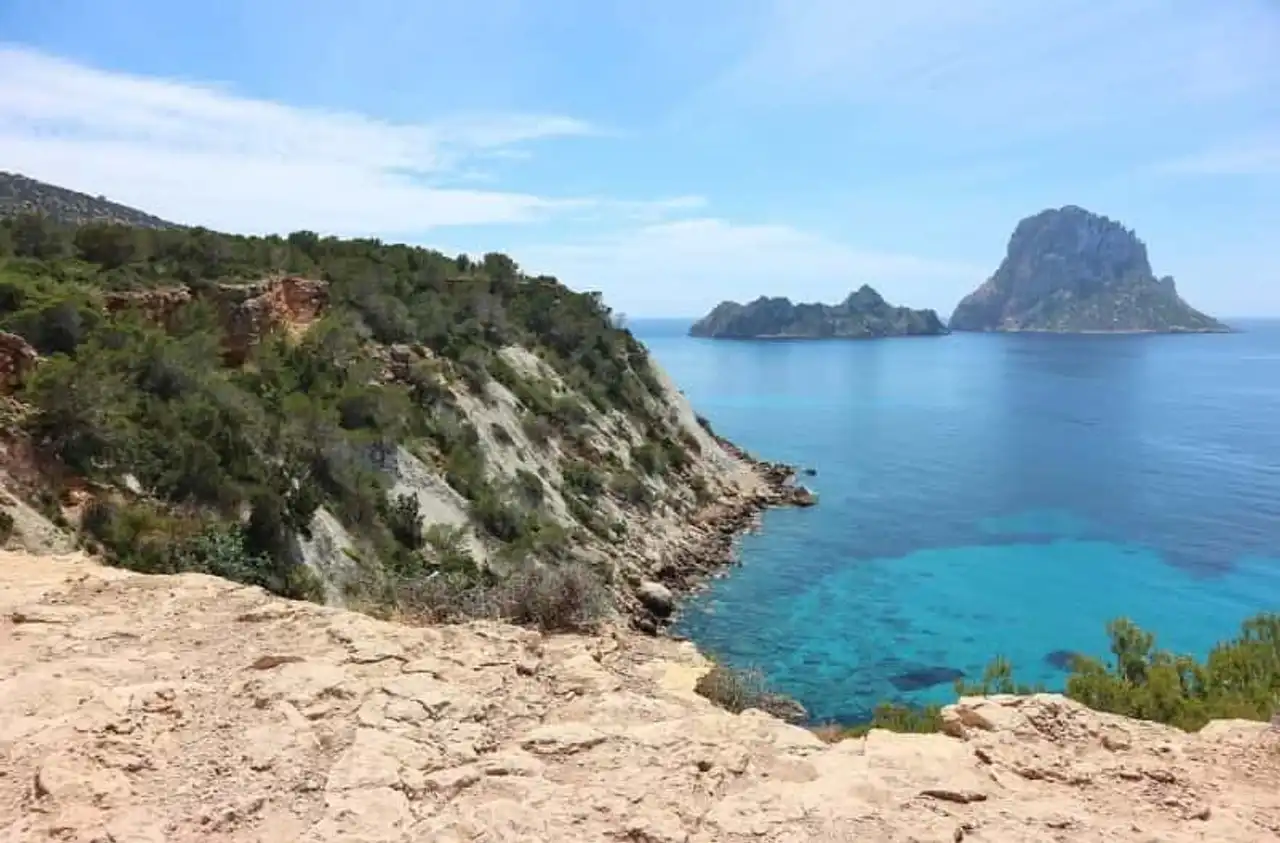
Good news: there is few tolls on the highways in Spain! Visiting Spain on a motorhome and heading south will offer a rather good road mesh. The road network has 346,858 kilometres of roads, including 9,063 kilometres of highways. In post-franquist Spain, roads have been rebuilt thanks to European subsidies, which often allows to have the choice between the national road and the autovía, the result is that the roads of the countryside are empty and far less dangerous than before. The motorway network is composed of highways ( autopistas ) and express channels ( autovías ).
There are 21 pay highways and three times more (62) free. The "AP" highways are very busy in Spain, especially used by tourists and heavy weights for the transport of goods. So we'll prefer them. autovías free (signed by a "A")! To pay the highway, you must pass through a ticket portico at the entrance, which is given to the toll station “ peaje to pay the mileage travelled.
Attention, the rates are increased at peak hours ! The blue-bottom sign indicates payment by bank card, while the Spanish subscribers of a tele-pedged service use the channels Via T. The tolls will be rather salted in Spain. Here are some tariff indications:
From Perthus to:
-
Gerona : 6,4 €,
-
Barcelona : 14,45 €,
-
Tarragona : 21,8 €,
-
Valencia: 47,95 €,
-
Seville : 124 €,
-
From Hendaye to Burgos : 27,35 €
Campsites in Spain: where to park?
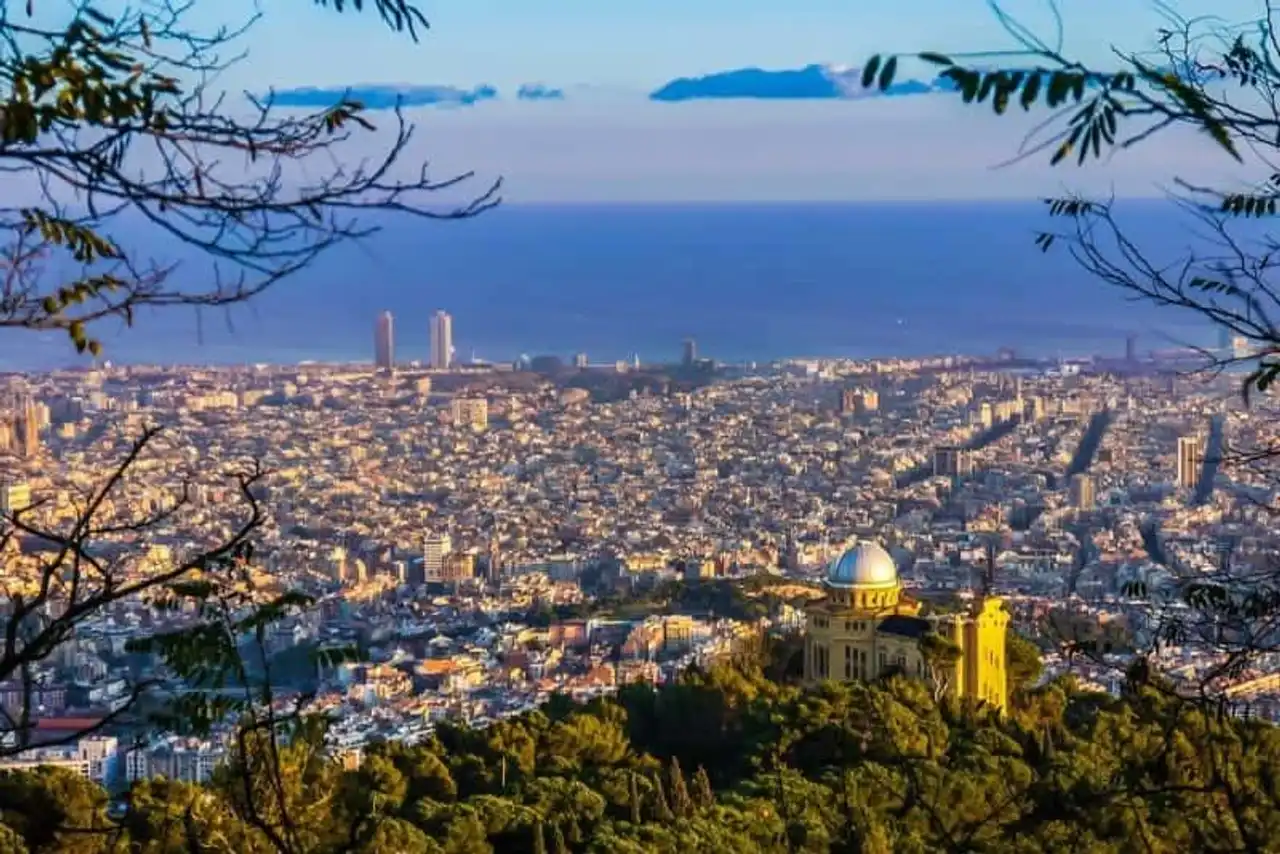
In Spain, we can settle everywhere, and make wild camping everywhere! Well, unfortunately, we're joking. To stop anywhere to sleep by visiting Spain in a furnished van is literally prohibited and is considered wild camping. Controls are not strict everywhere – there are many remote areas in the country – but attention must be paid. Normally, one can only stop sleeping on the campsites and campsites . Also, avoid regional natural parks. In essence, it is authorized to park where one wants as long as no sign of signalling prohibits it.
No one will check what one does in the vehicle – if one eats, cooks or if one sleeps – but it is forbidden to install the necessary camping the public road (tables, chairs, deckchairs, parasol, high-wind, etc.). Do not install the holds on a parking space in agglomeration! Note, however, that it remains possible to flee mass tourism – is it not the purpose of sleeping in its vehicle, after all? – sleeping in vineyards and using camping at the farm. This solution is called España Discovery, and references more than 250 pitches in Spain where to sleep by discovering local gastronomy or wine, 800 service areas for campervans and fitted vans. Unfortunately, this service is paid and costs €29.
Do you want to visit Spain in fitted van or van and have the taste of risk (especially the taste for nights to the star)? Mobile application Park4night is required as a reference of bivouac to the wild. It is a free mobile app that shares travel experiences, with interactive maps on which we have access to parks, desert roads, camper areas, campsites, isolated forests, and so many other "spots" where to sleep.
There are also areas where not to go (travellers being controlled by the police), pay zones and free parking. To visit Spain on a camping-car or in a furnished van, it’s pretty nice, isn’t it?
Several other websites can also be useful: Campercontact or Caramaps .
What is the best time to travel by motorhome in Spain?
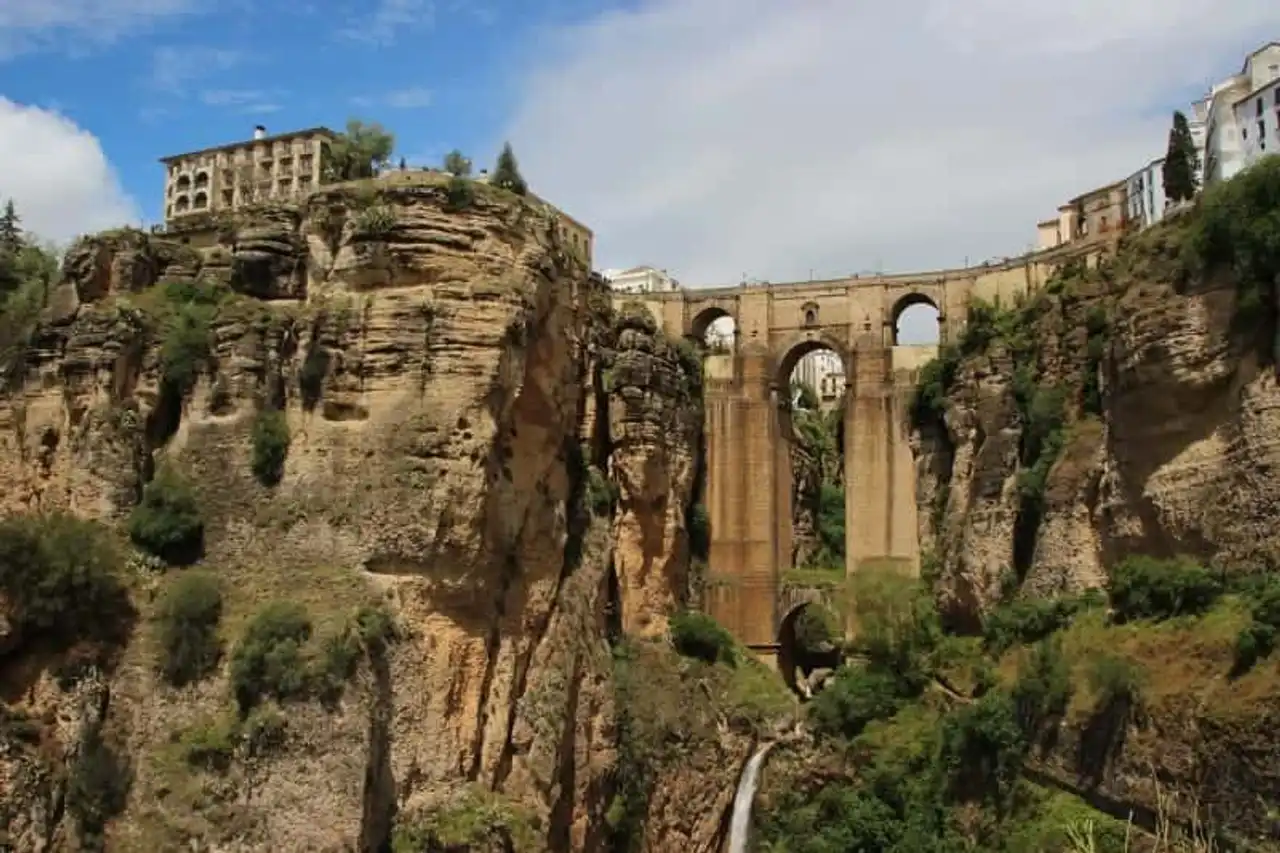
Finally, when do you visit Spain on a motorhome? It is a Mediterranean country but several climatic influences emerge on the Iberian Peninsula. It can be cold in winter and can be overwhelmed by a heat torrid in summer, especially in Andalusia, in the south of Extremadura and in the regions of the centre (Castille-la-Manche and Castile-et-León). Spain has three climates: ocean climate, continental climate and Mediterranean climate.
Generally speaking, the climate to visit Spain in furnished van is favorable to April to end October , which leaves 6 months to travel under the sun. On the other hand, nights can be fresh (8° to 10°C at night) in April, May and October.
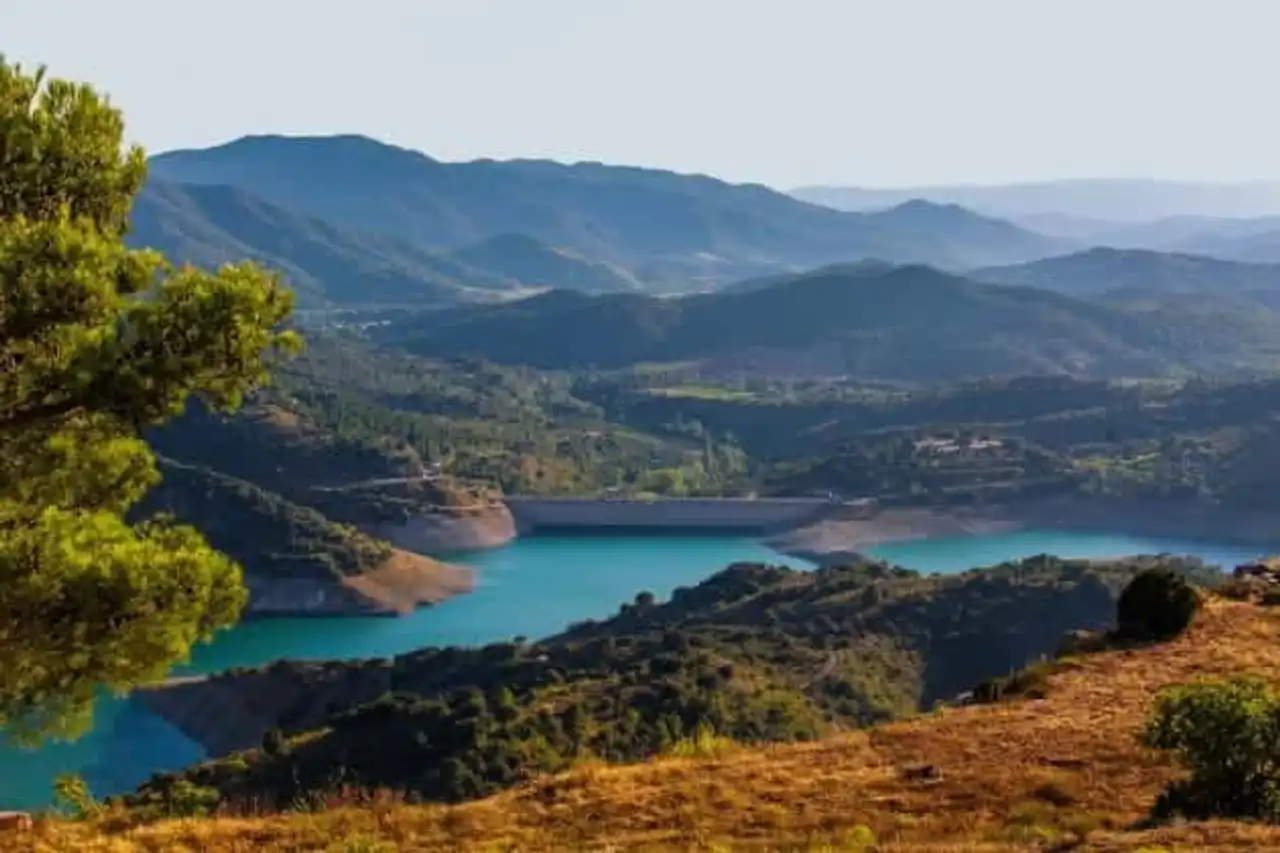
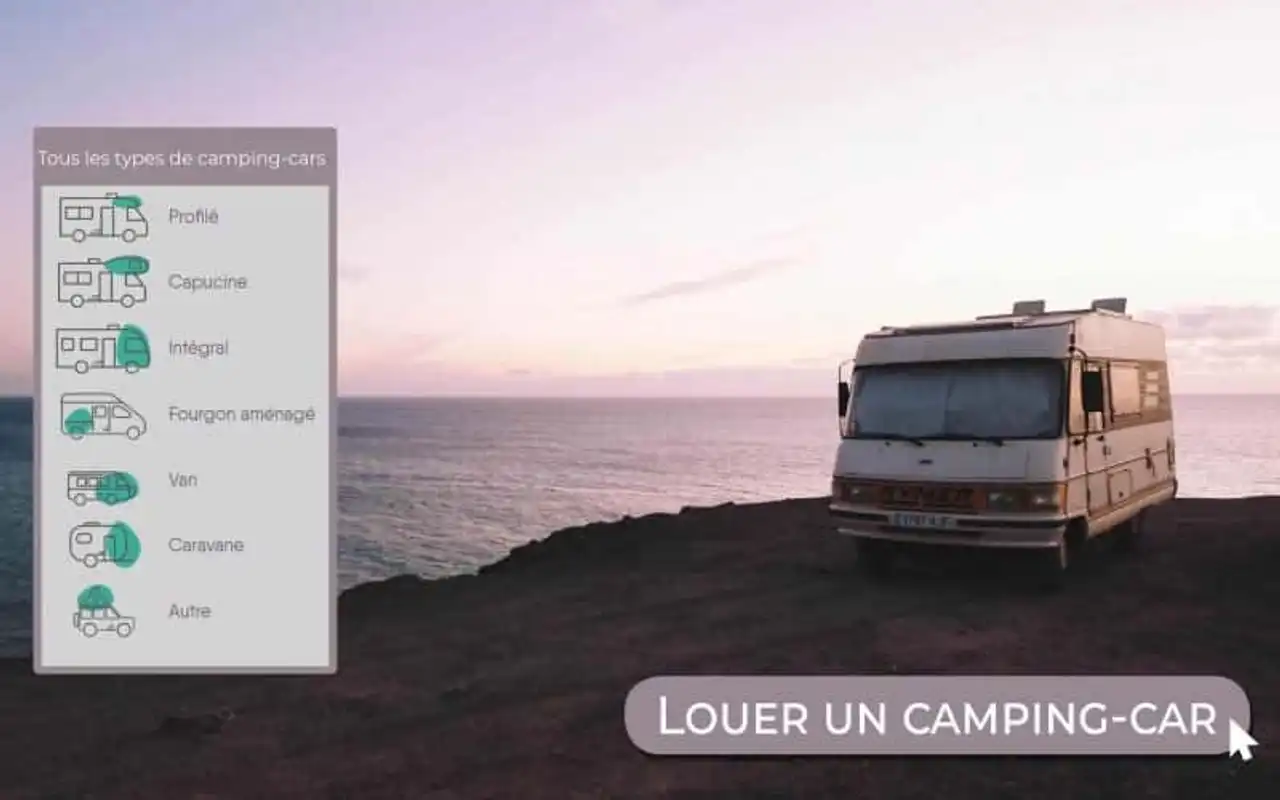





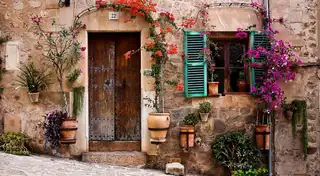
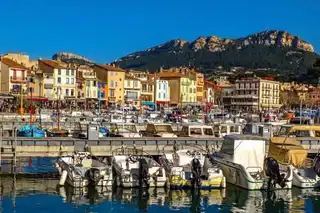
Loading comments ...